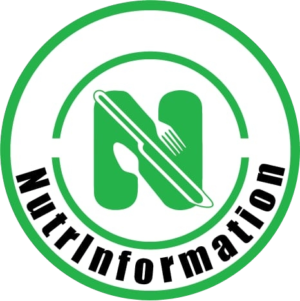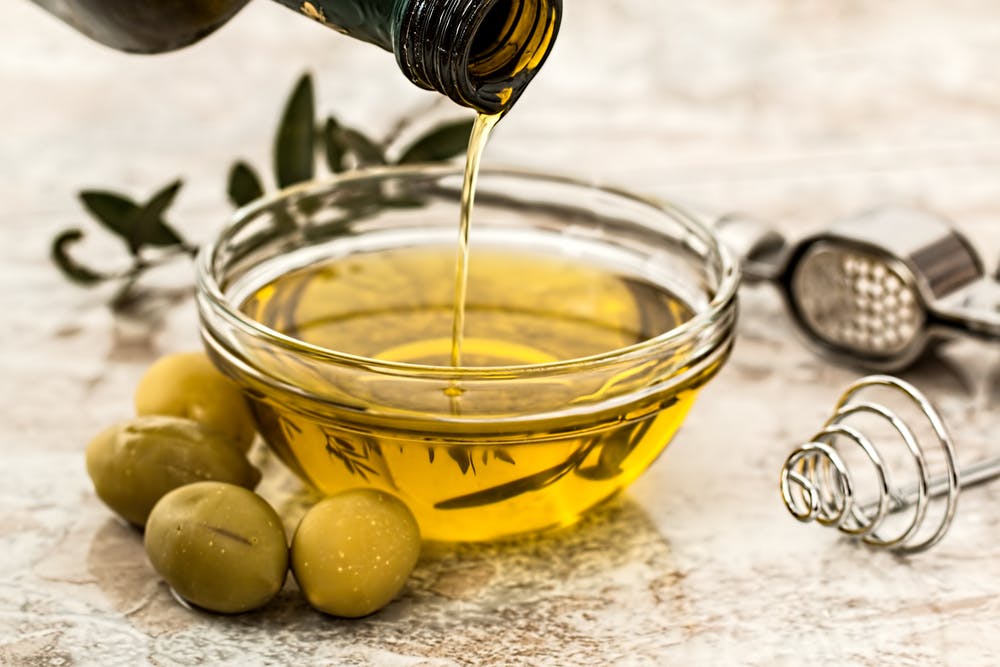Unsaturated, Saturated, and trans fats
Fats are part and parcel of our diets. Sometimes we can clearly see them like on a cut of meat or buttered toast. But most times we do not see them, like in homogenized milk or baked goods.There are three types of fats; unsaturated, saturated, and transfats. Unsaturated fats are mostly liquid at room temperature. Saturated fats are mostly solid at room temperature. Transfats are mostly invisible fats found in fried and baked foods.
Benefits of fats
Fat is a dense source of calories with one gram providing 9 calories. In addition to providing energy, Fats and oils also help our bodies to absorb vitamin A, D, E and K from food. In the body, fats and oils help the body keep warm and protect vital organs. Fats are also important part of brain membranes. Omega 3 and 6 are essential fatty acids that promote normal brain function and must be provided through food.
Saturated fats and transfats
However, any Excess fat is converted to body fat and deposited as adipose layer or as visceral fat in the abdomen which causes increased waist circumference. An increase in a type of fat called cholesterol in the blood is associated with high risk of heart diseases. It is important to note that cholesterol is not bad and is actually manufactured by the liver for use in the body. But the way they are transported through your blood makes the whole difference. Saturated fats transports cholesterol as LDL (Low density lipoprotein) And drop them along the way like an overloaded garbage truck. High levels of cholesterol block the blood vessels. This makes it hard for blood to flow through the arteries. This may eventually lead to stroke, heart attacks or even death. Saturated fats include fat from animal sources, coconut oil and palm oil.
Transfat is another fat that is found in partially hydrogenated vegetable oil like solid vegetable oils and in foods cooked through high heat like frying, baking and roasting. When fats and oils are subjected to high heat their structure is interfered with resulting in transfats. Transfats are also associated with high risk of diseases just like saturated fats. They increase the levels of LDL in the body. Which increases cholesterol level in the blood, and as a result increasing the risk of heart attack and stroke.
Unsaturated fats
Should we therefore completely do away with fats and oils in our diets? Absolutely not! Just like carbohydrates, the type and amount of fat or oil is very key to health. The best type of fats to include in your diets are the unsaturated fats. These are oils from fish and plant sources. Unsaturated fats are liquid at room temperature. These oils increase HDL (High Density Lipoprotein) which safely transports cholesterol through the blood. HDL also pick up any cholesterol in the blood vessels lowering their level in blood. As a result, this reduces the risk of heart disease and stroke.
Healthy ways of eating fats
Fats and oils are calorie dense, one gram has 9 calories. As a result it is recommended that they should account for less than 30% of our daily energy needs. The average daily fat or oil intake for an adult should be between 66-83 grams. To address the health concerns related to fats it is advisable to replace saturated fats with unsaturated fats. Lower your intake of fried and baked foods to at most once a week. WHO recommends that you should eat not more than 2 grams of transfats in a day.

